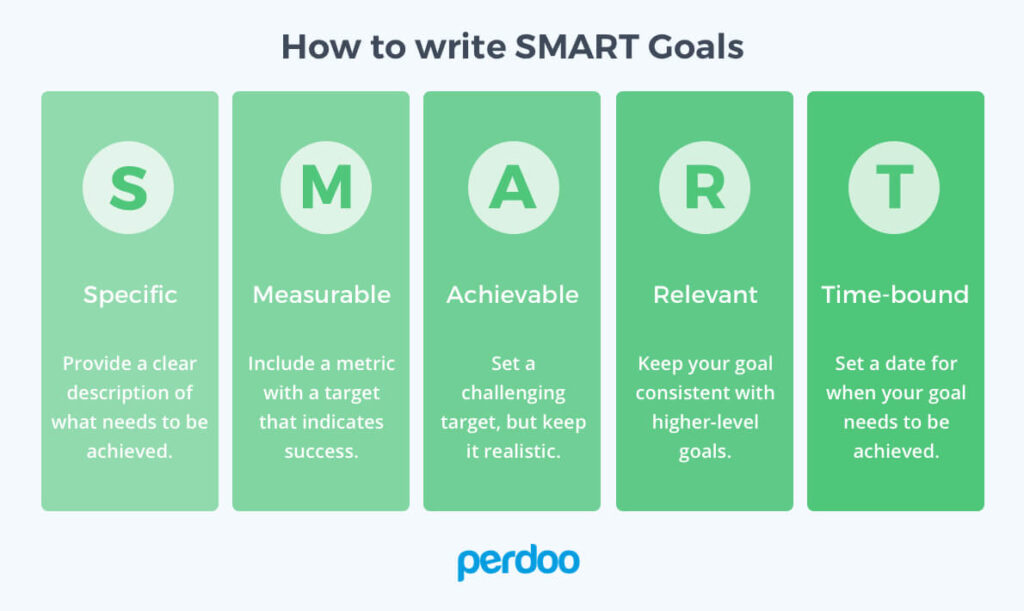
At first glance, making a marketing plan can seem intimidating – but fear not! We’ve created a complete guide tailored specifically to beauty salons and spas.
We’ll go through everything you need to know to make yours a success, including:
- What a marketing plan is
- Competitor research
- Realistic business goals
- How to prioritize the customer experience
Last but not least, we’ll even cover some actual marketing strategies!
What is a marketing plan?
So, what is a marketing plan? A marketing plan should be the blueprint for your business. It could be a plan for the next month, the financial quarter, or even the year.
A successful marketing plan answers the question ‘What are our marketing goals for the business and how will we achieve them?’ It should be a single document for your team to use as a reference guide while working on campaigns.
Your marketing strategy will be contained within it. This is a list of your goals and objectives. What you need to know is how to turn this into a viable and actionable plan.
Creating an executive summary
Every marketing plan should open with an executive summary. This is a short, snappy introduction to your beauty salon or spa. It should state the main vision of your business and clearly establish its brand identity.
This section should introduce the services offered at your salon or spa and make it obvious what type of establishment it is. Is it a luxury experience or something more affordable? Will it have a specialization like medical spas?
This section is especially useful if you’re planning to partner with an agency or marketing professional so they understand what your business is about and what type of content you’re looking for.
After the summary, the marketing plan really gets into the nitty-gritty by setting out your goals and strategies.
Making SMART goals
Good plans can only be crafted from strong, realistic, and specific goals. So, what makes a goal achievable? There are five characteristics it needs to have. You can remember these by using the SMART acronym.

For example, you might start with a generic goal like making an Instagram account for your spa. This is a good idea, but now you need to make it SMART. Here are some example steps to follow:
- S (a specific goal). Make an Instagram account for posting daily stories showing your spa treatments, with a link included to book appointments.
- M (a measurable goal). Use Instagram Insights to see how many of your total followers view your stories and how many viewers click your links.
- A (an achievable goal). Set target engagement and conversion rates for the links in your stories e.g. you’ll aim to have a 10% click-through rate, with at least 25% of those users making an appointment at your spa.
- R (a relevant goal). Market through Instagram because this is an appropriate channel for targeting your customer base of young, affluent women.
- T (a time-bound goal). Aim to hit your target CTR and conversion rate by the end of the quarter.
Money, money, money
A marketing plan isn’t just about goals and strategies. It also needs to set out how you’re going to finance them. Ergo, it should establish how much money you’re starting with and create a viable budget around this.
What do you need to prioritize? For example, does your salon require any essential equipment or tools to provide its services? Budget for the essentials first, then work up to less crucial (but still useful!) expenses.
A budget will help you estimate the weekly, monthly, and annual costs of running your business. From this, you can calculate the amount you must be making to turn a profit.
For some parts of your marketing plan, you might need to bring in an external business or consultant. There are so many out there, so do shop around. For example, you might opt to use an agency to achieve more successful but still affordable search engine optimization.
Work out what you have and what you’ll need before you start spending so you don’t end up leaving yourself short.
The customer comes first
Modern businesses are increasingly recognizing the importance of a customer-centric organizational culture. This means you must make the customer experience your number one priority at all stages of your marketing plan.
The first step in planning an ideal customer experience is understanding who your customers are, and one way to do this is by creating customer profiles.
Customer profiles
Customer profiles are summaries or ‘snapshots’ of your ideal type of customer. What gender are they? How old are they? What kind of careers and hobbies do they have?
You should use this information to inform your marketing strategies, as some approaches will be better suited to certain groups of customers than others. Tailoring your tactics to your target audience helps build the sort of personalized customer experience that modern consumers love.
Engaging customers
Engagement is what changes potential customers into paying customers i.e. this is where your business actually makes money. A good customer engagement action plan will boost retention and build long-lasting relationships.
Ideally, your customer engagement will have two angles: attracting new people and retaining existing customers.
For new customers, the focus should be on the first-contact experience. After all, you only get to make one first impression. In line with this, ensure both your mobile and desktop site are easy to navigate and that you respond to any queries as soon as possible.
To keep current customers coming back, make them feel rewarded for their loyalty. The business model of a spa or salon relies heavily on regular appointments (e.g. a haircut every eight weeks), so you want them to choose you over your competitors.
You could also use the element of surprise. 61% of customers say surprise gifts and offers are the best way to engage them.
Responding to feedback
Your marketing plan should include how to measure the success of each marketing strategy. For those centered on the customer experience, this will be linked to customer satisfaction.
How do you know if customers are satisfied? You open the door to feedback. Like any other kind of relationship, customer engagement is a two-way process. A massive 39% of businesses don’t regularly ask for it though, so make sure you’re part of the 61% that do.
Customers want to know they can reach you easily and quickly. One of their preferred methods of communication is by phone because it’s in real-time and allows the customer to interact with an actual human being. No one likes listening to hold music for hours on end!
Contact center integrations help you manage your call centers and make them more efficient. For example, by having a seamless transition between live chat on your website and a phone call between your agent and the customer.
Know who you’re up against
Another section of your marketing plan should address your business’ competitors. The best business owners will analyze what makes their competitors successful and see this as motivation rather than a threat.
Try to work out which tactics are proving most effective for your rivals. Is it their use of social media advertising or their digital customer experience strategy? Regardless of what it is, if it’s working for them, it will probably work for you too.
Understanding the competition helps you better understand your niche and the unique selling points of your business. This should form a key part of your marketing plan’s executive summary.
Strategies for success
With so many marketing strategies to choose from, it can be tricky to decide which ones to use. To make things easier, we’ve put together a list of some of our favorites i.e. the ones that are the most popular and effective for the majority of businesses.
On-site content
You’re looking at an example of this type of content right now. Articles on a branded blog are a tried-and-tested marketing method. You can share information about your spa’s services, engage with customers, and boost your ranking in search engine results.
A branded blog offers the same visuals, customer experience, and voice as your other platforms. This helps to strengthen your brand identity and establish you as an expert in your industry.
Building a network
Onsite strategies like blogs are great for strengthening your brand identity, but to push your business to the next level, you need to use your wider network.
Here are just a few ways to get the word out about your salon or spa:
- Partner with a beauty influencer on social media and have them review and promote your treatments
- Appear on an industry podcast
- Reach out to the companies who make your most-used beauty products and see how you can collaborate with them
Whatever strategies you go for, they should all be discussed and budgeted for in your marketing plan.
Adding style to substance
The focus of your marketing plan document should be the content, but the way you present it can make it more readable and engaging for new employees and potential investors. This is what will take your marketing plan from good to great.
Incorporate the visuals of your branding just as you would in a blog. You might also want to use images, charts, and graphs to present your goals and strategies.
Conclusion
Done well, marketing plans can and should form the backbone of your business. They set out where you want to go, how you’re going to get there, and – crucially – how much it’s going to cost you.
A well-presented marketing plan that includes SMART goals, a mix of onsite and offsite content marketing, and customer engagement strategies is a literal recipe for success. Best of luck in creating yours!
Bio:
Jenna Bunnell – Senior Manager, Content Marketing, Dialpad
Jenna Bunnell is the Senior Manager for Content Marketing at Dialpad, an AI-incorporated cloud-hosted unified communications system that provides valuable call details for business owners and sales representatives. She is driven and passionate about communicating a brand’s design sensibility and visualizing how content can be presented in creative and comprehensive ways. She has also written for sites such as Agency Vista and Brightpearl. Check out her LinkedIn profile.



